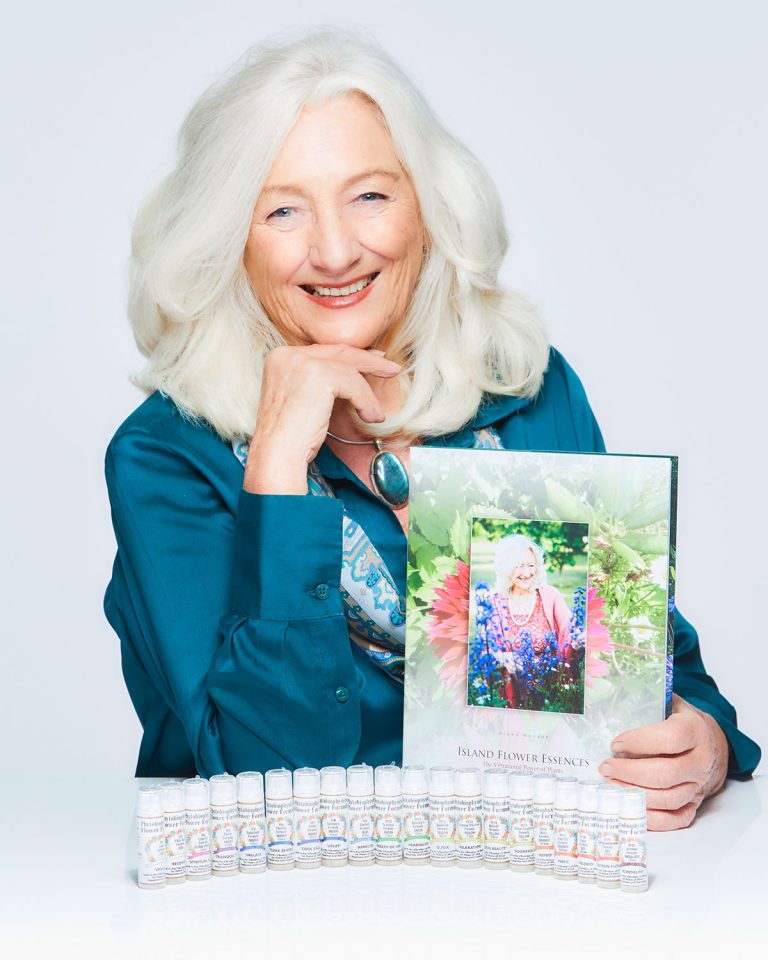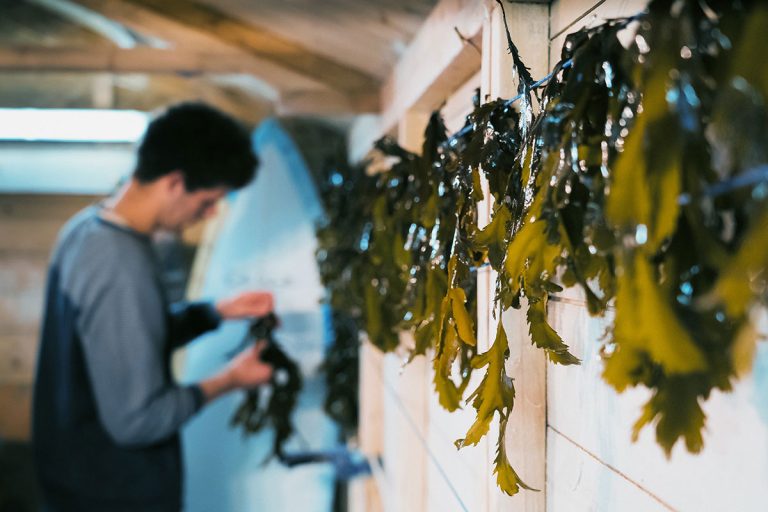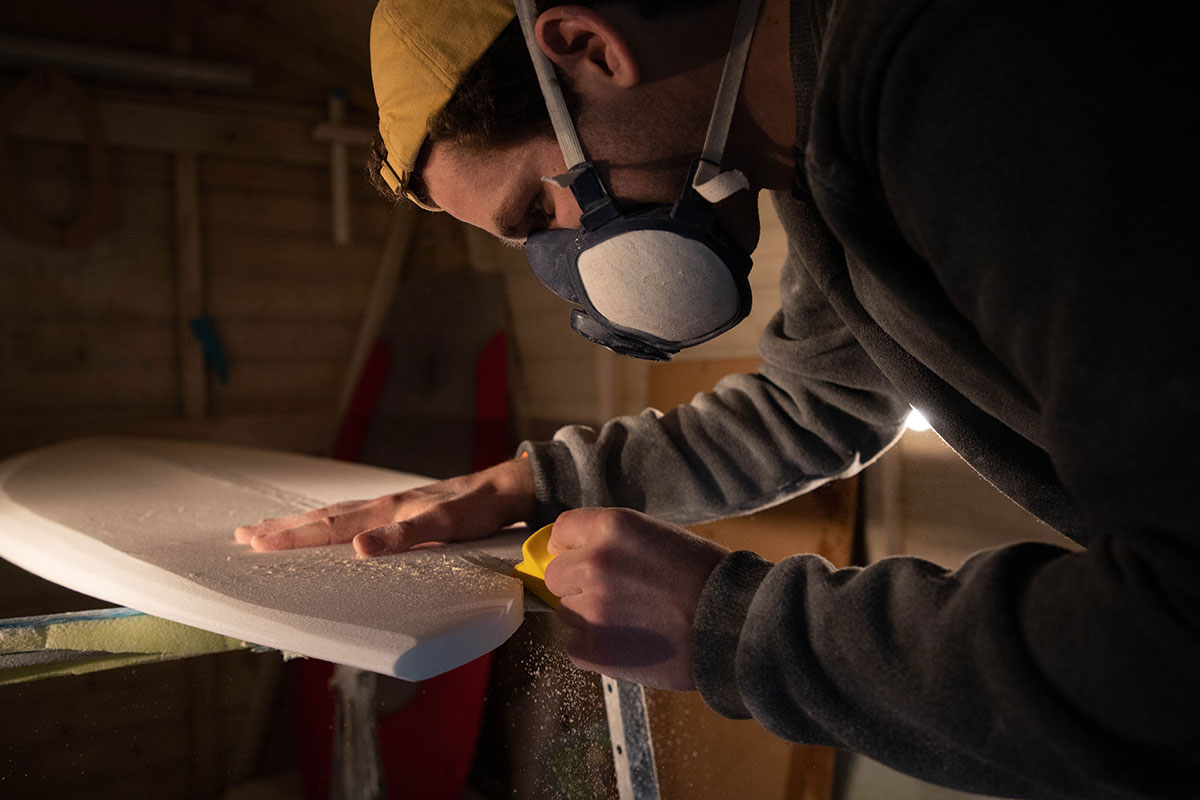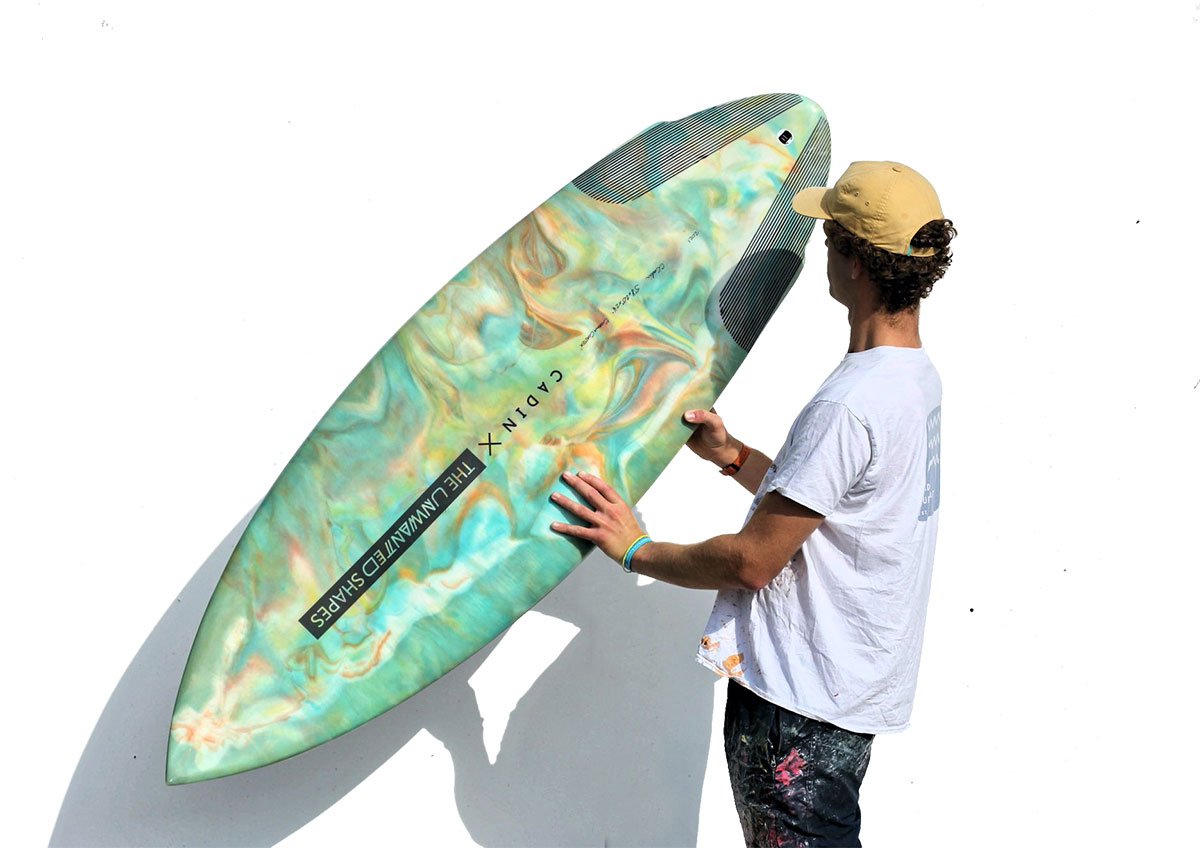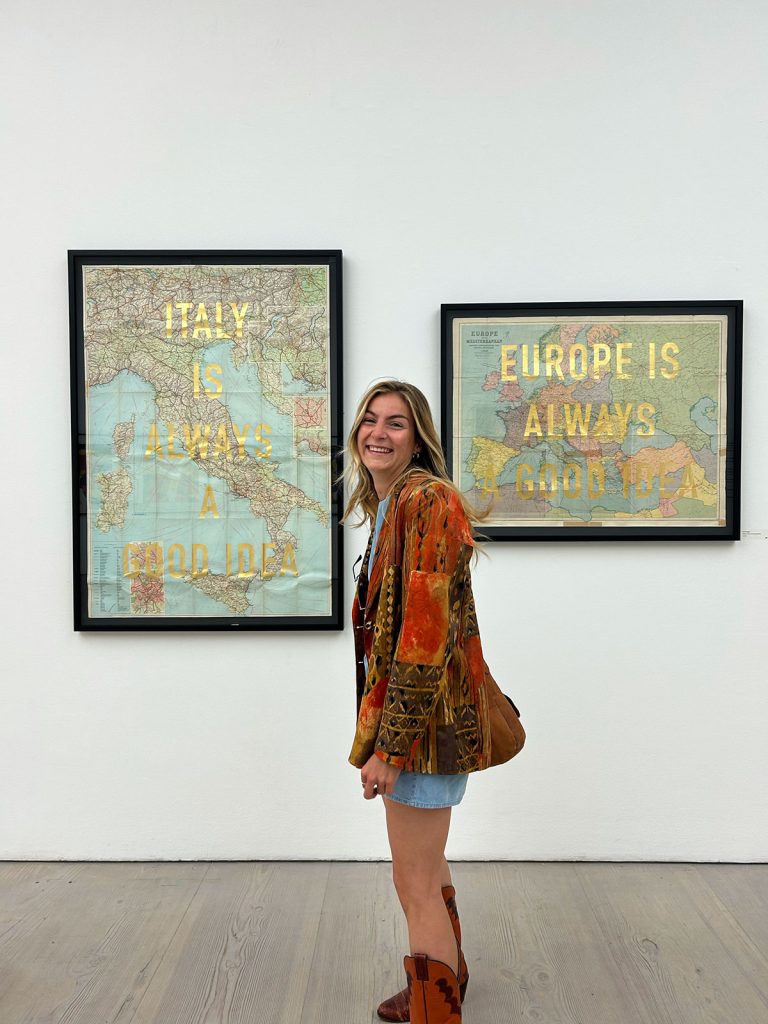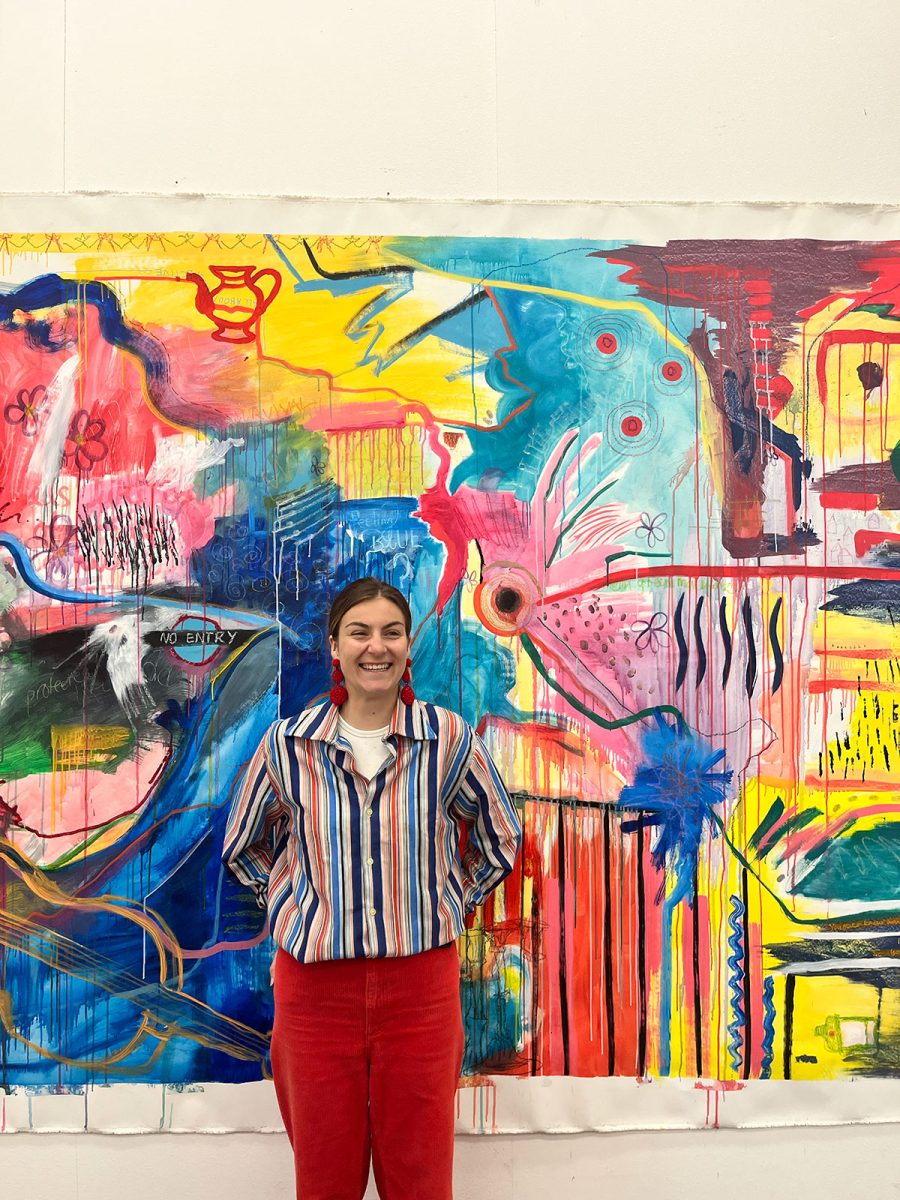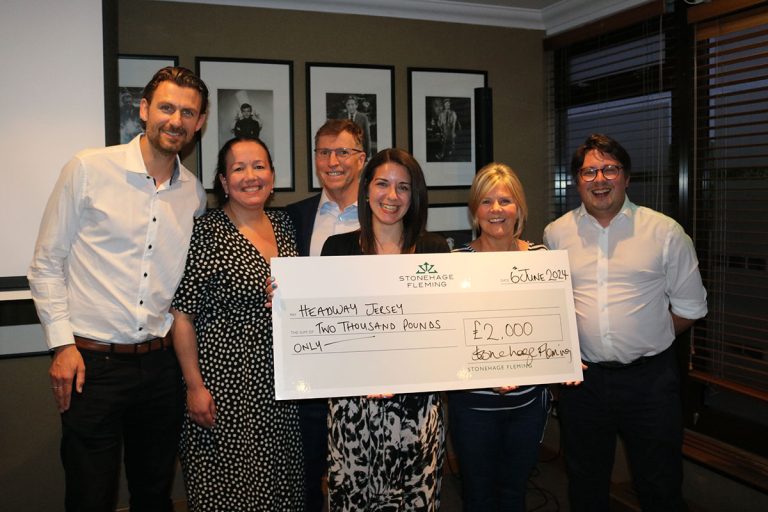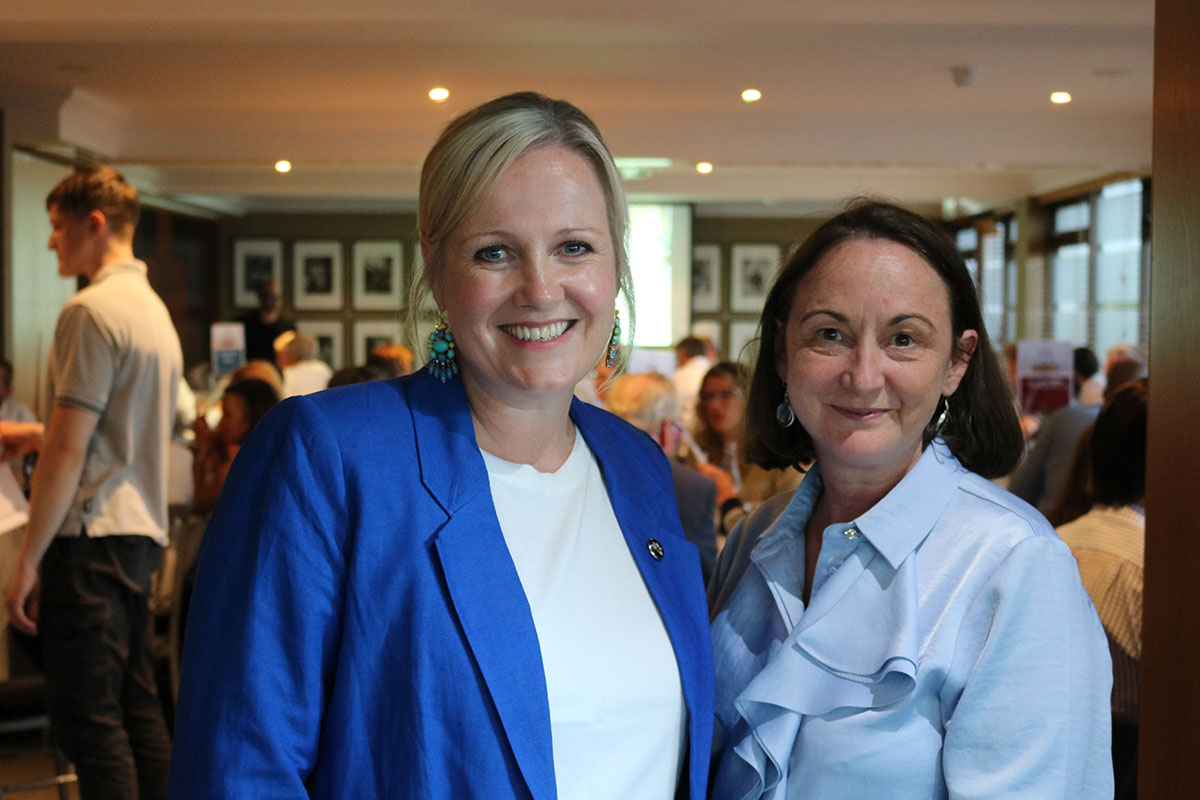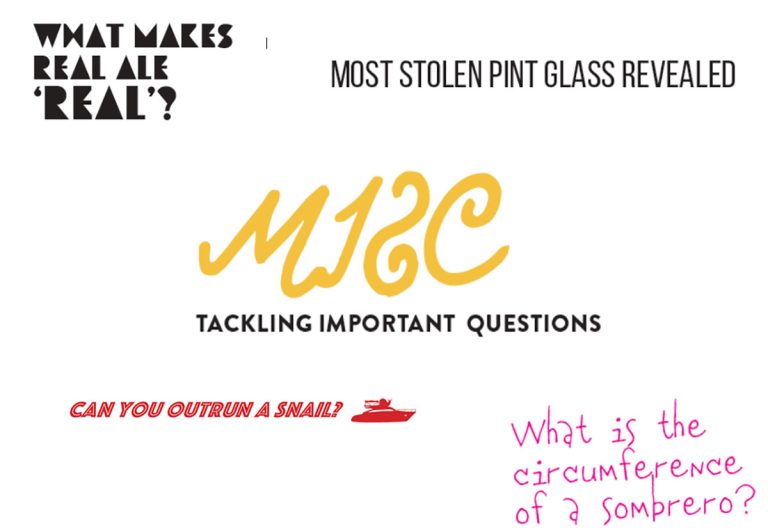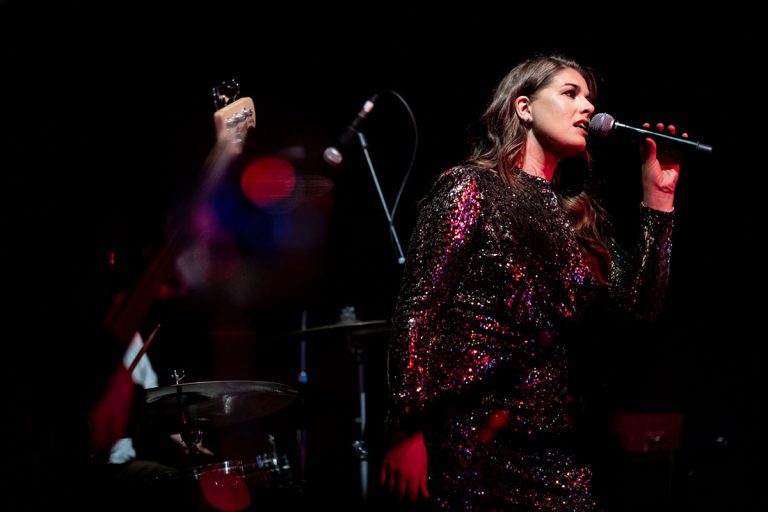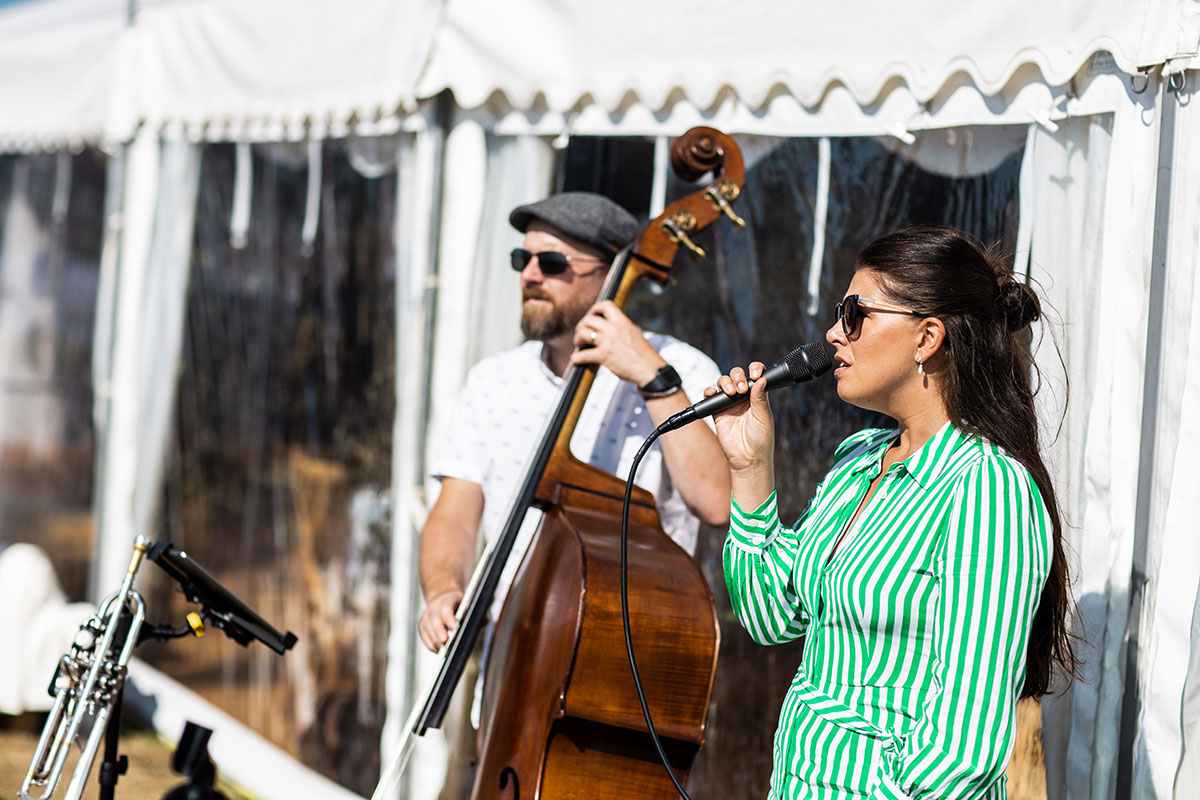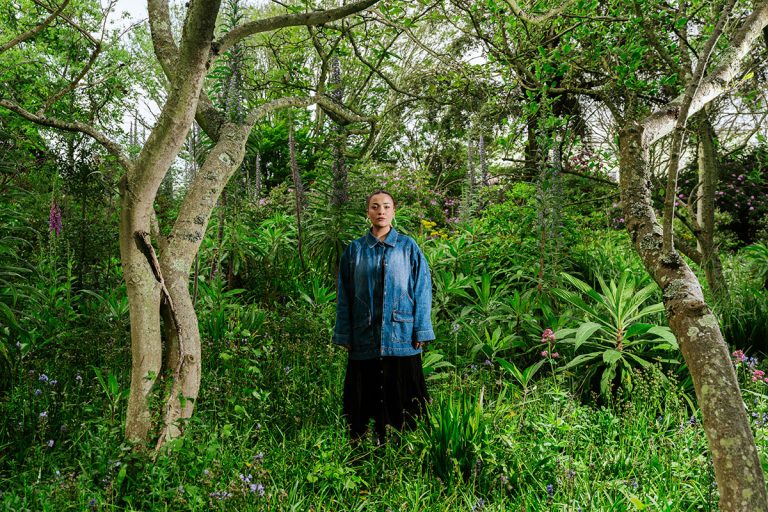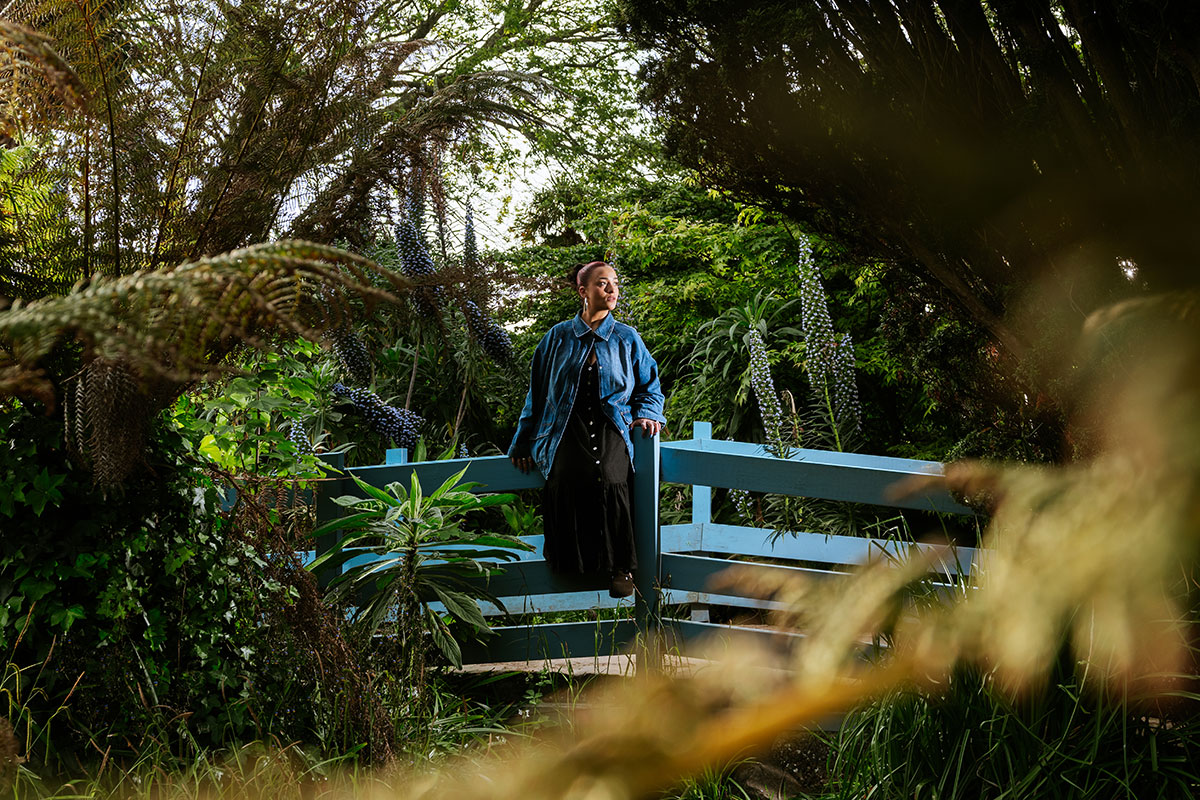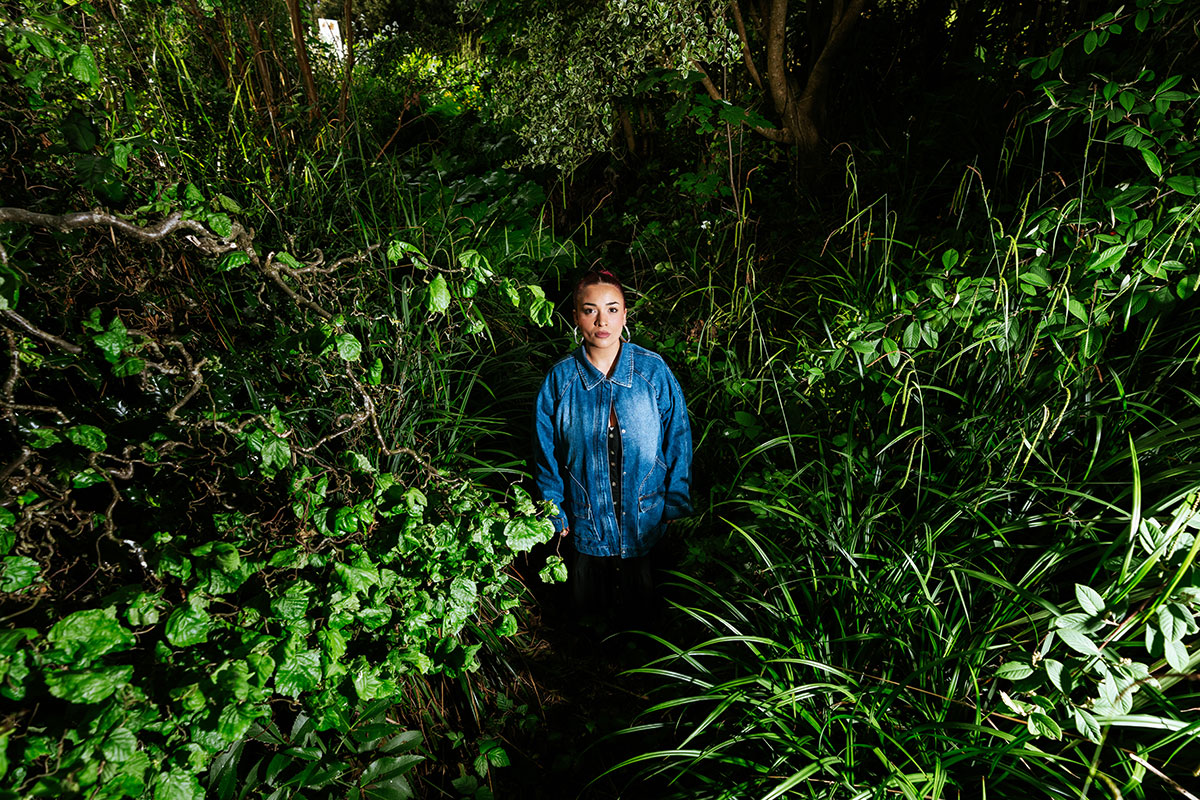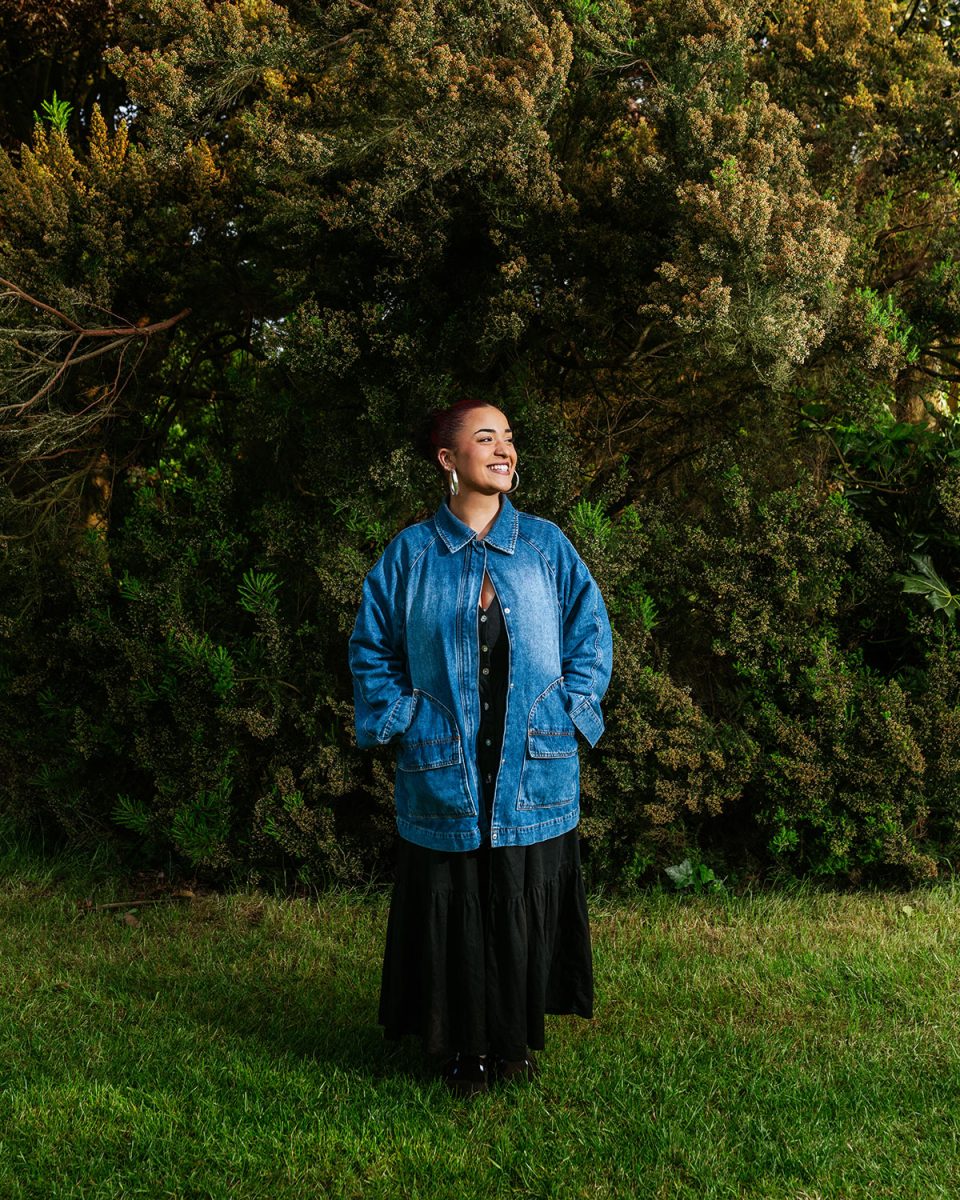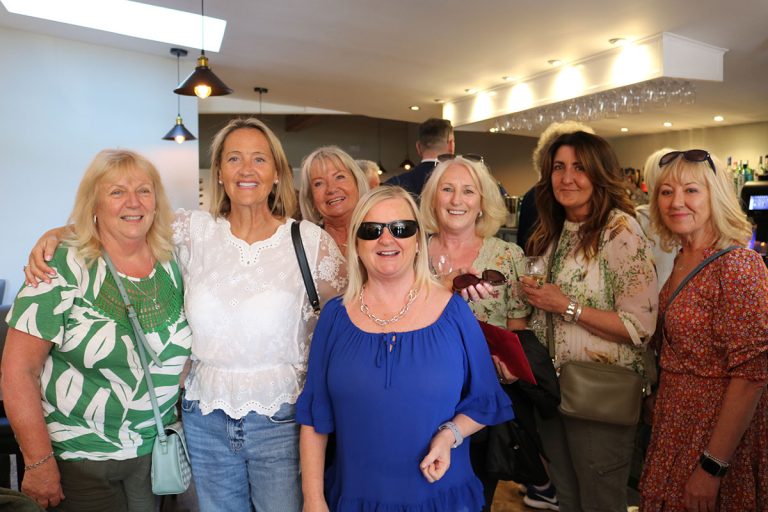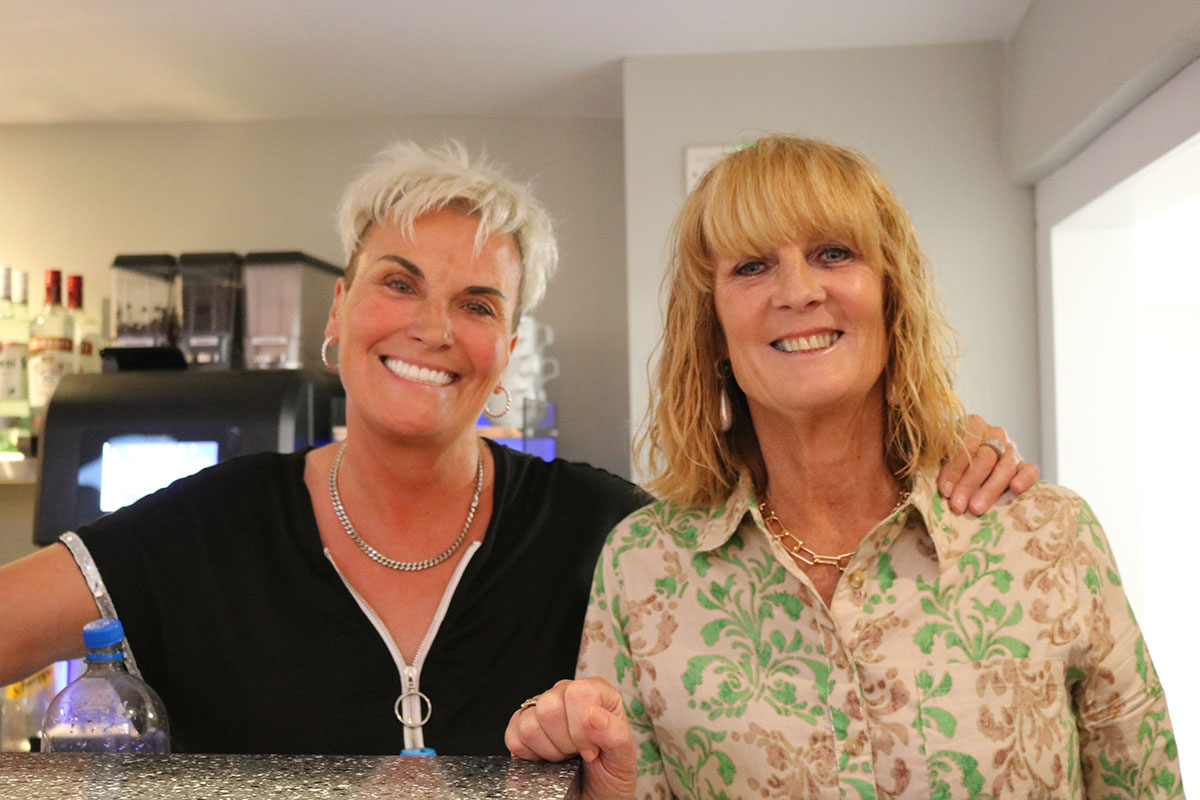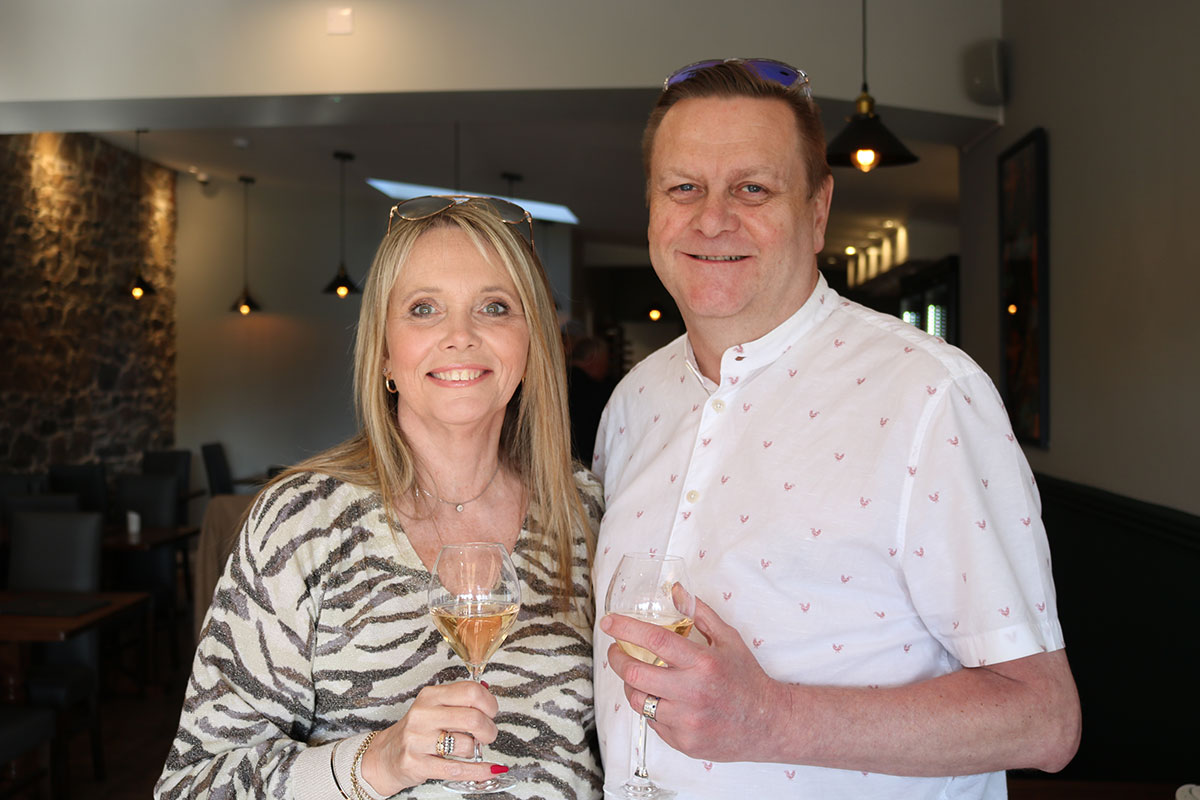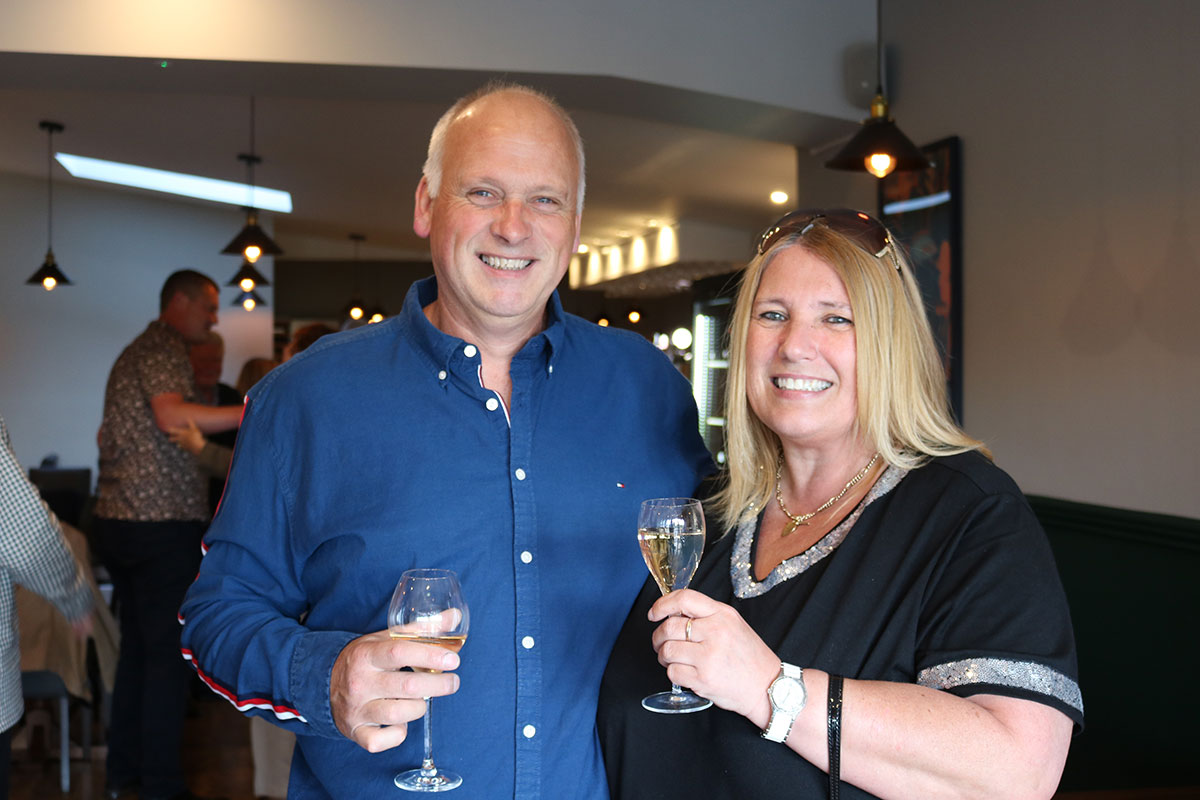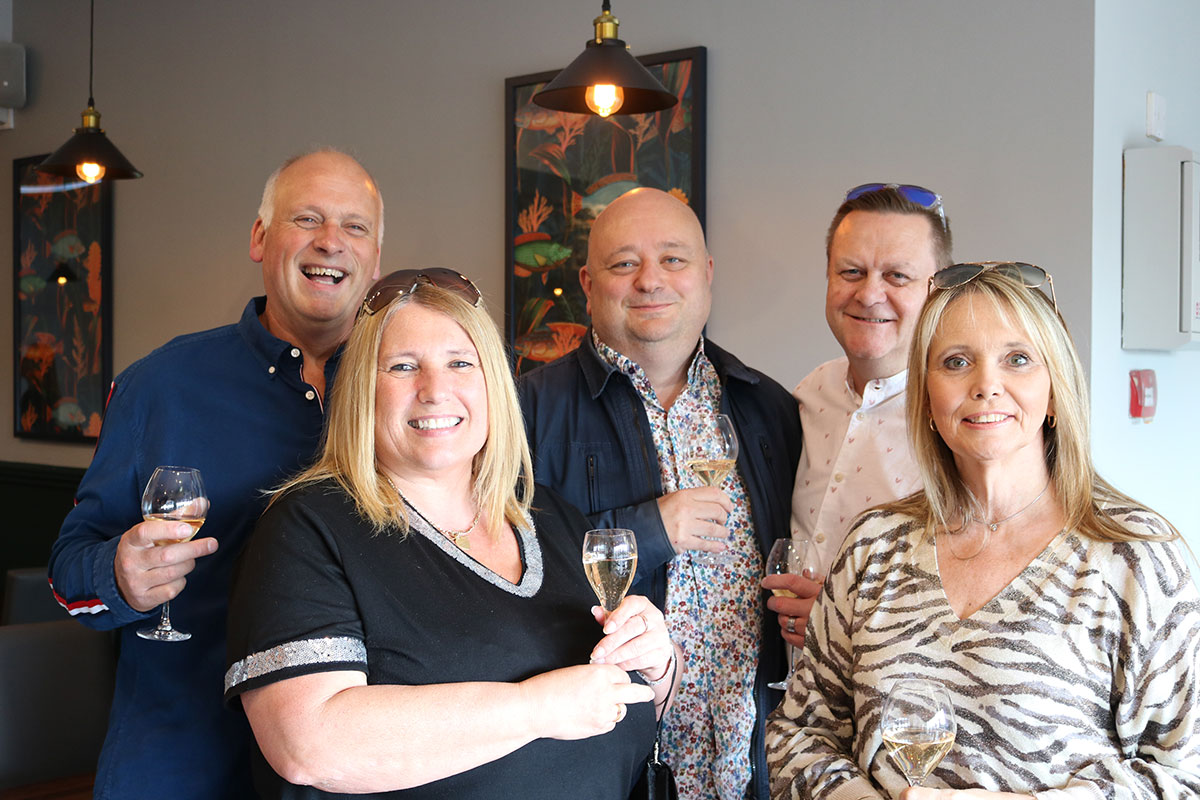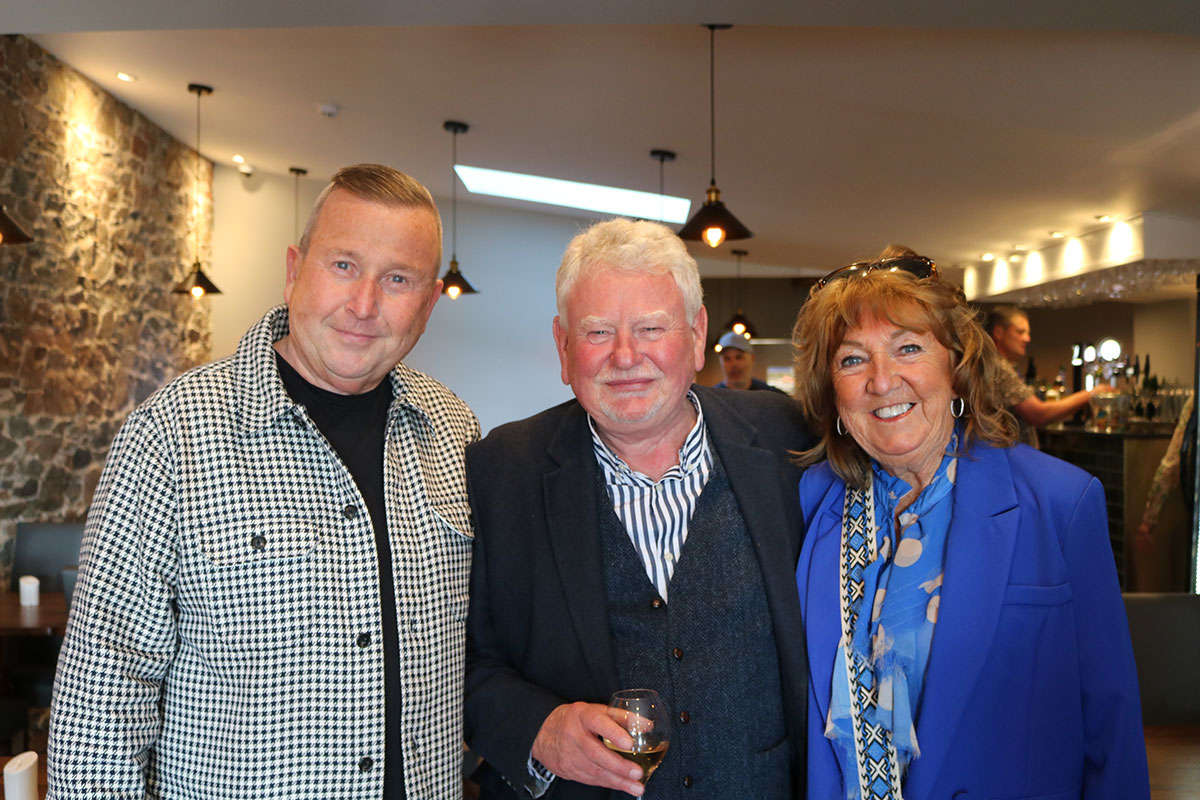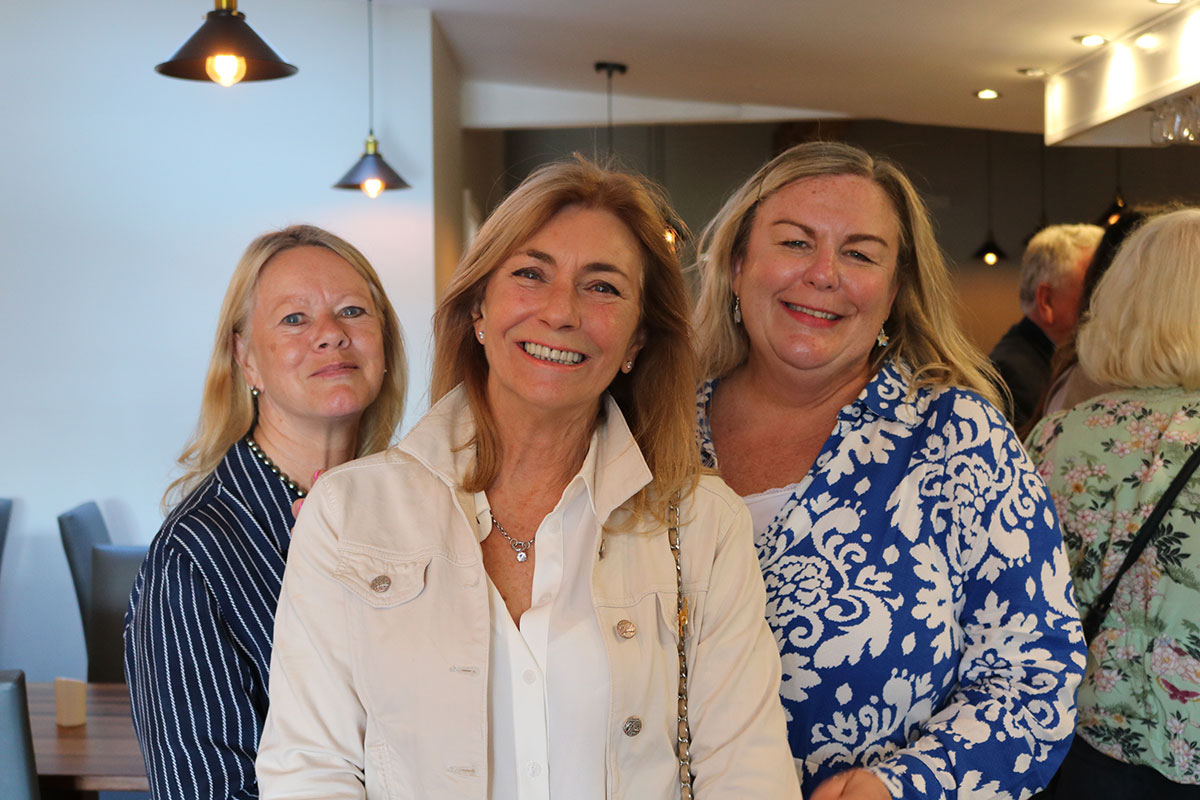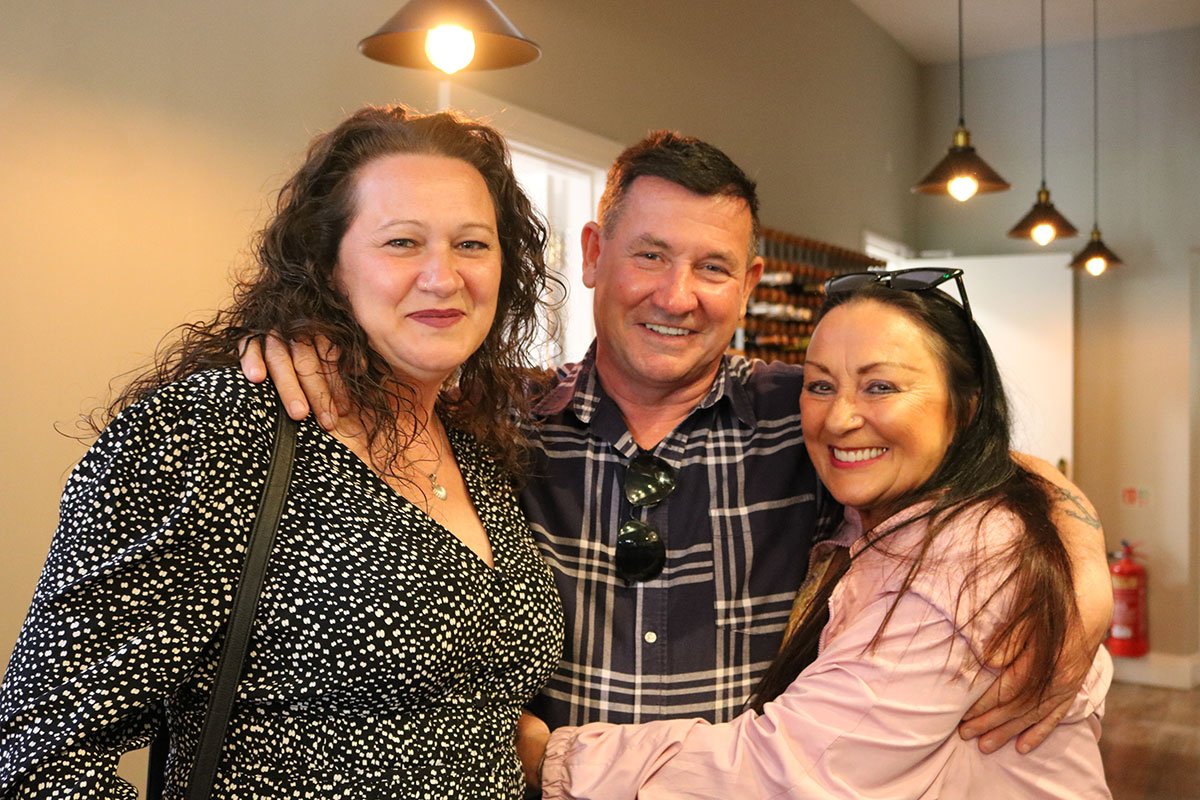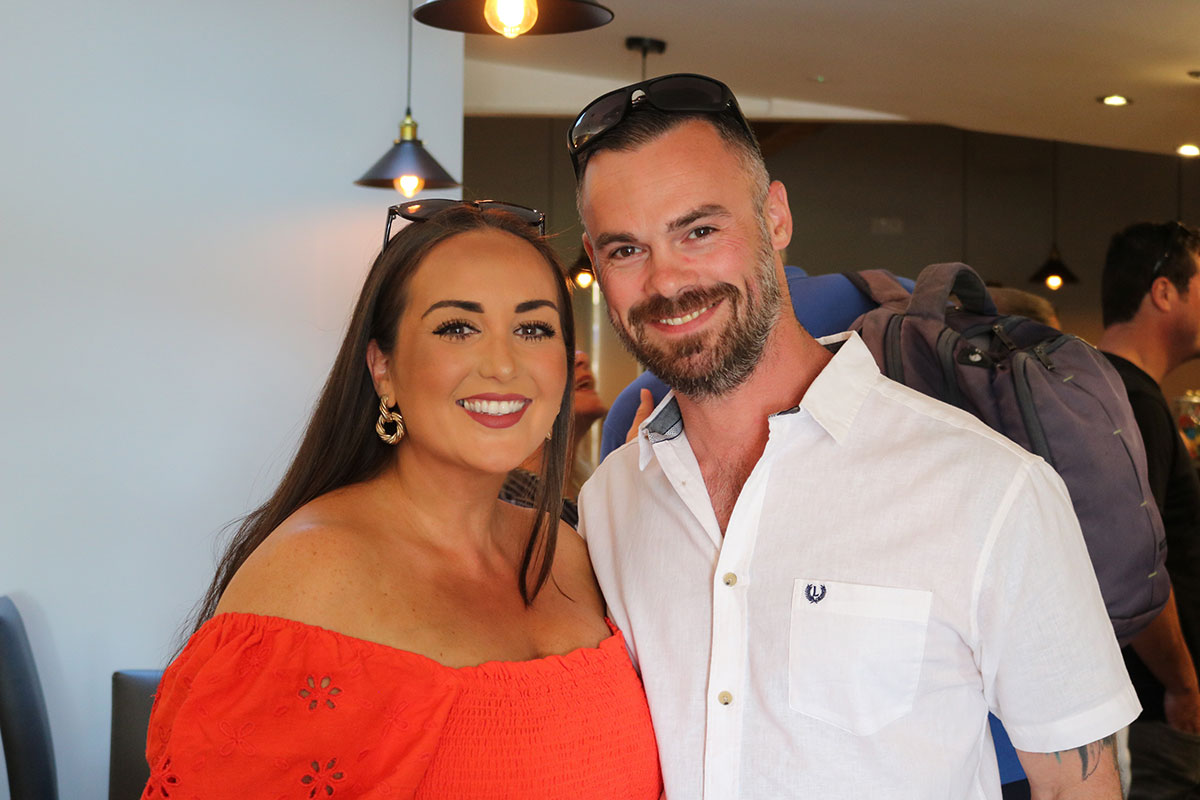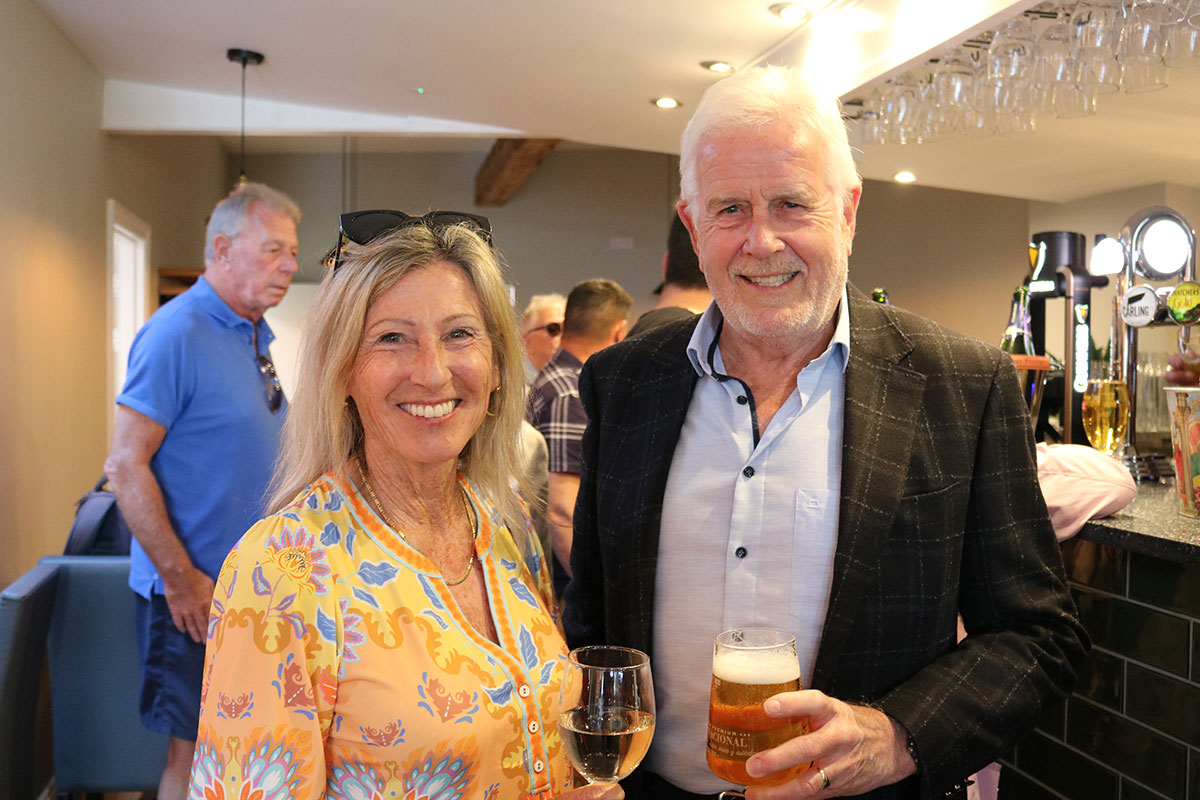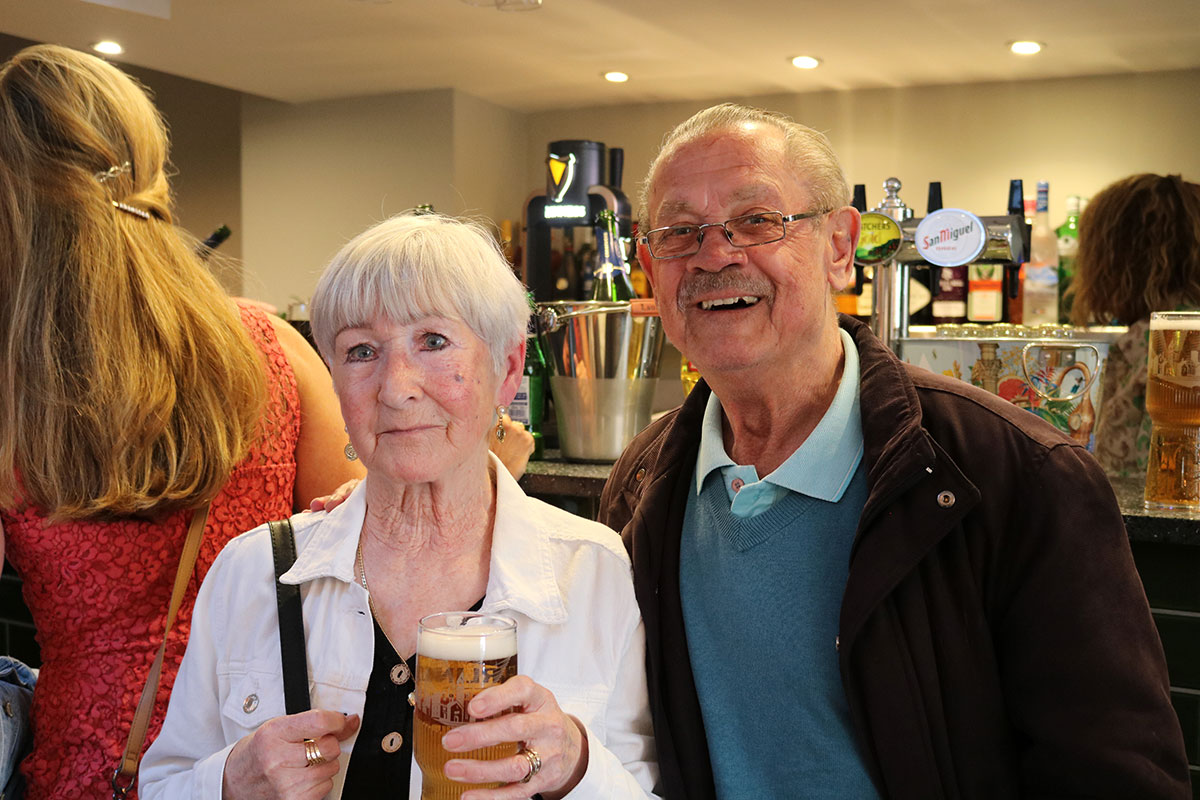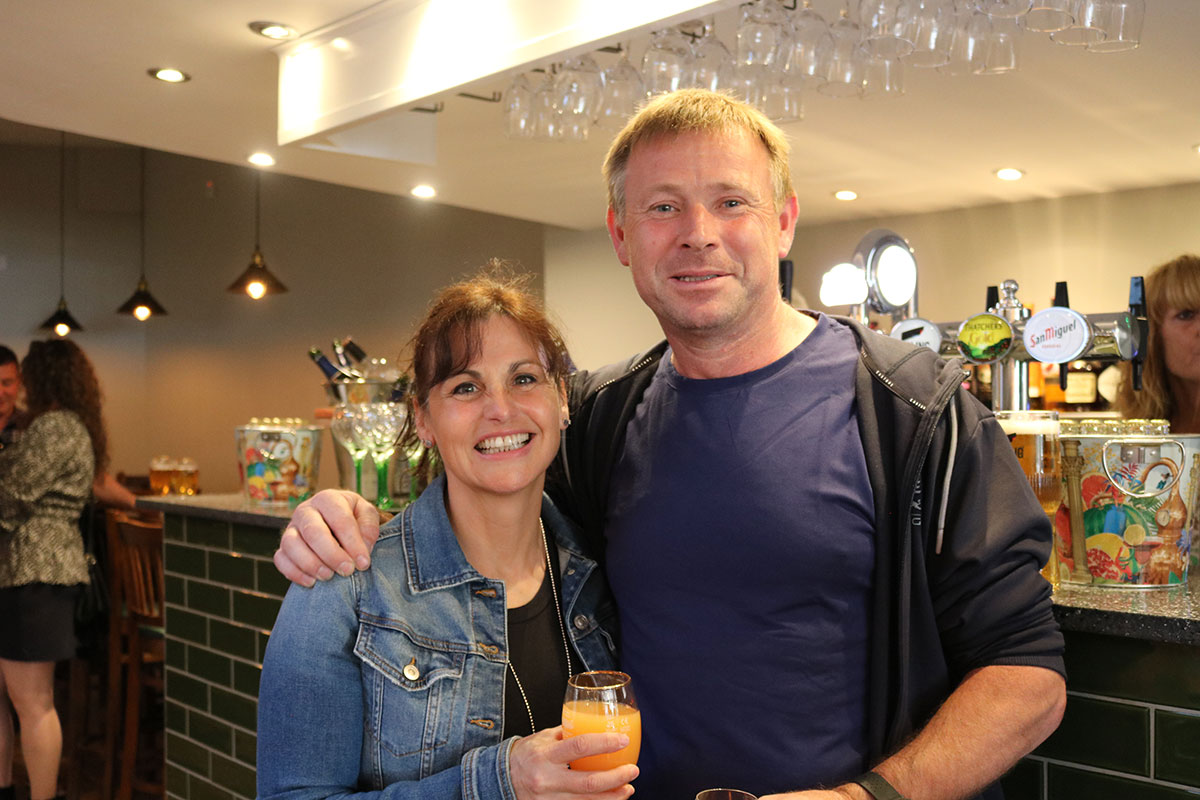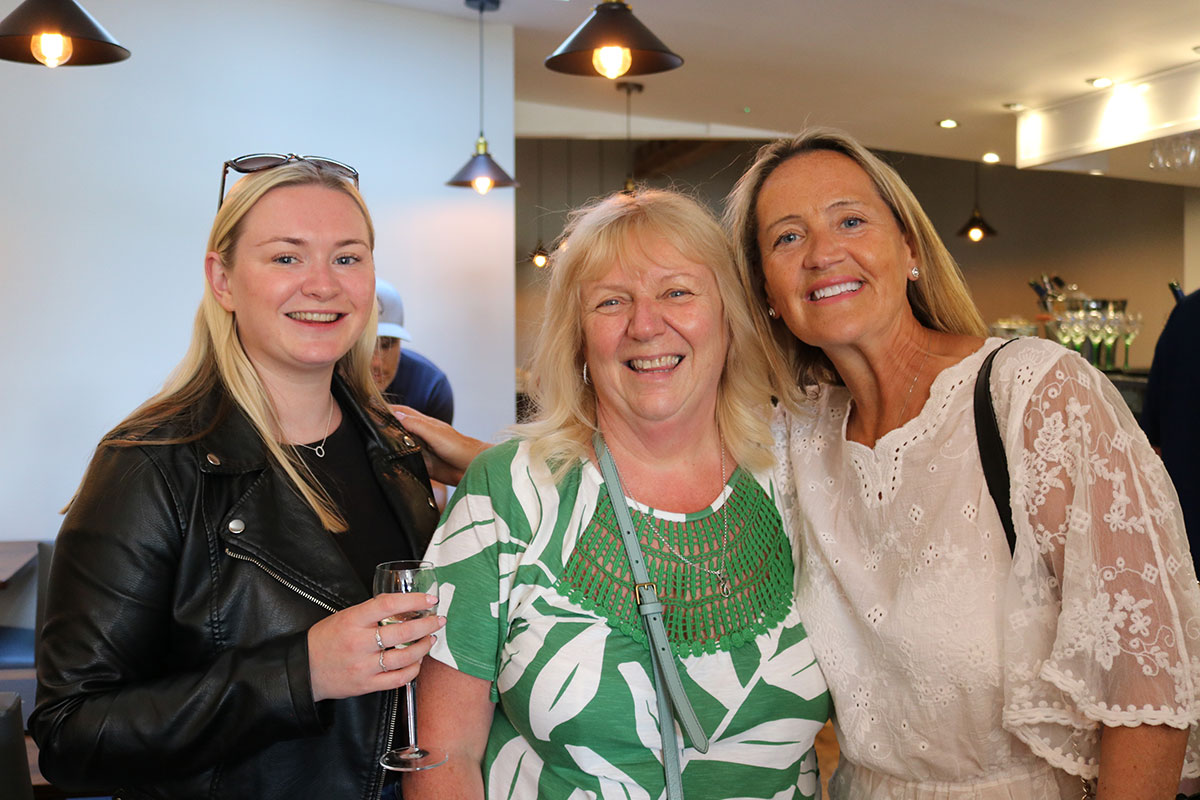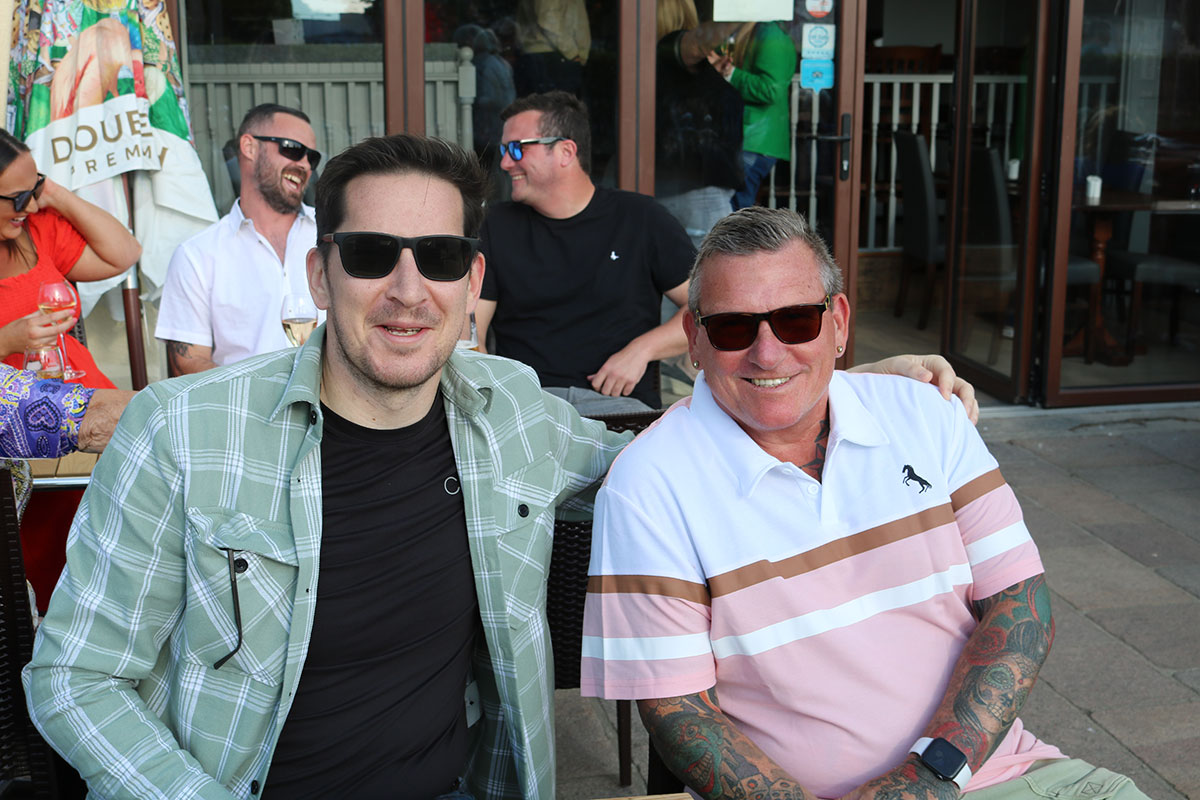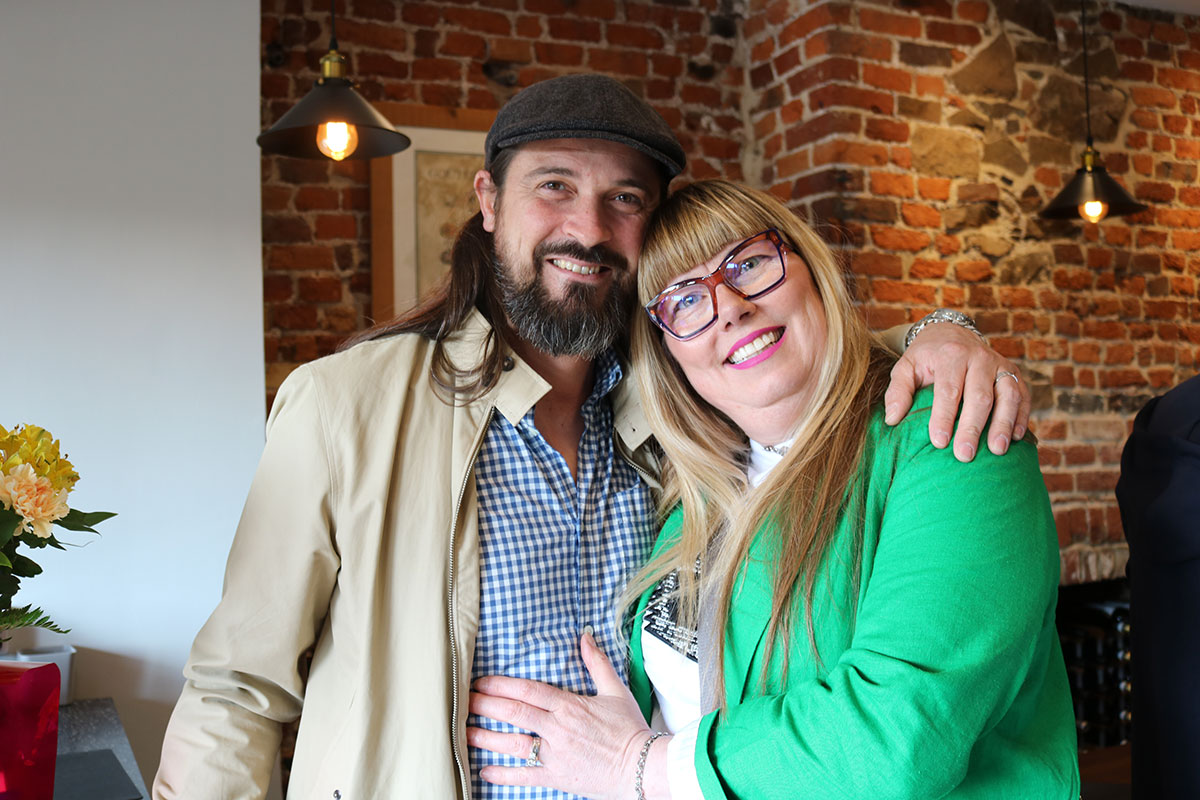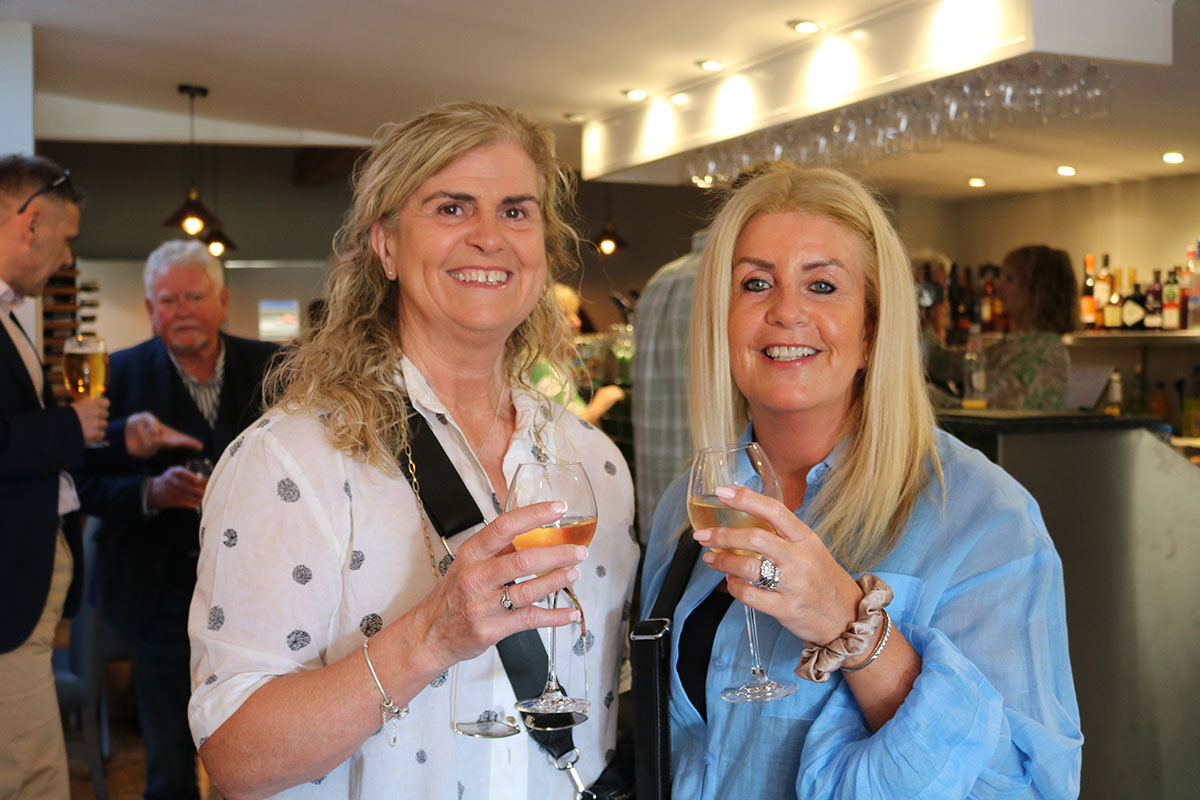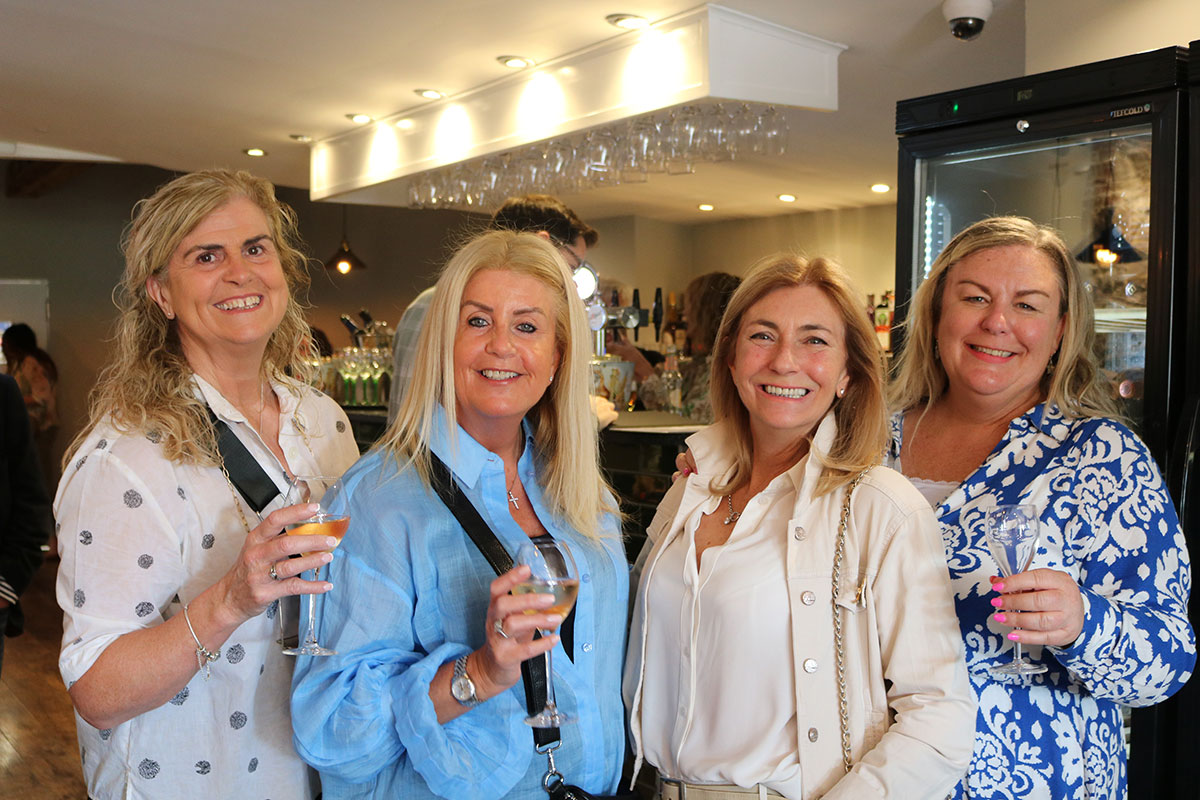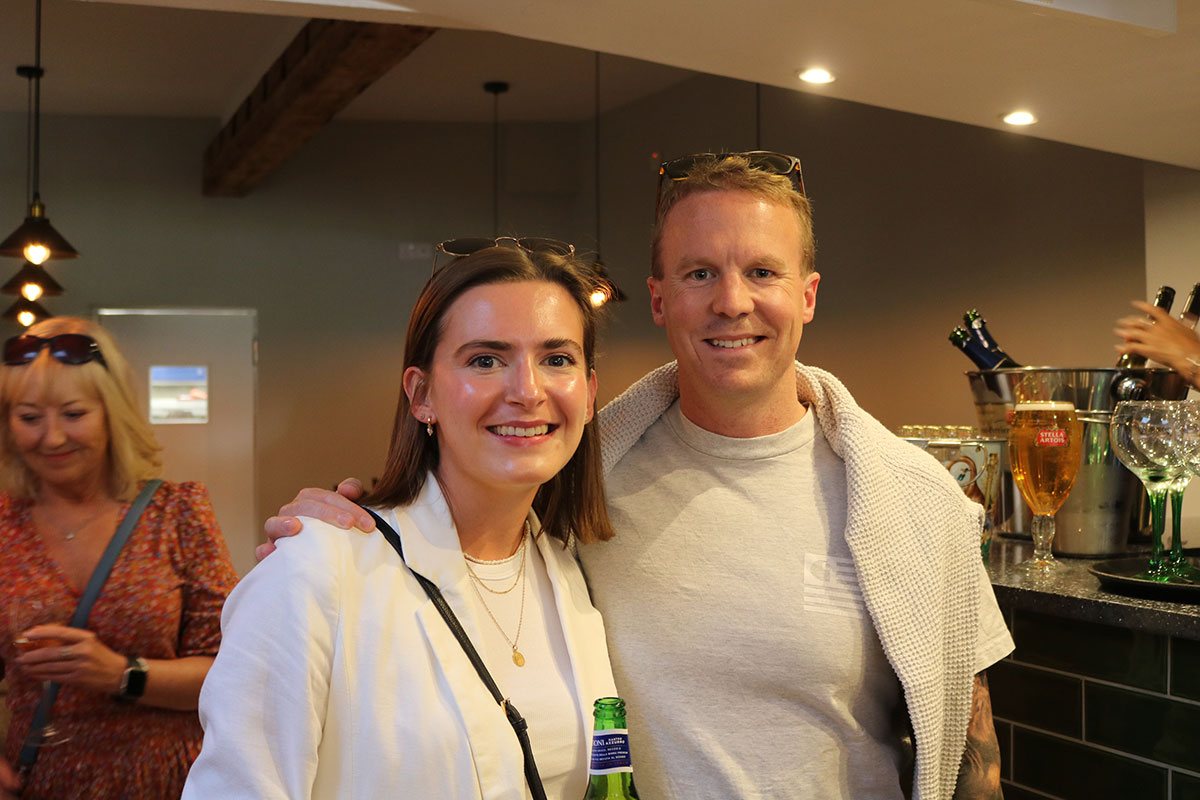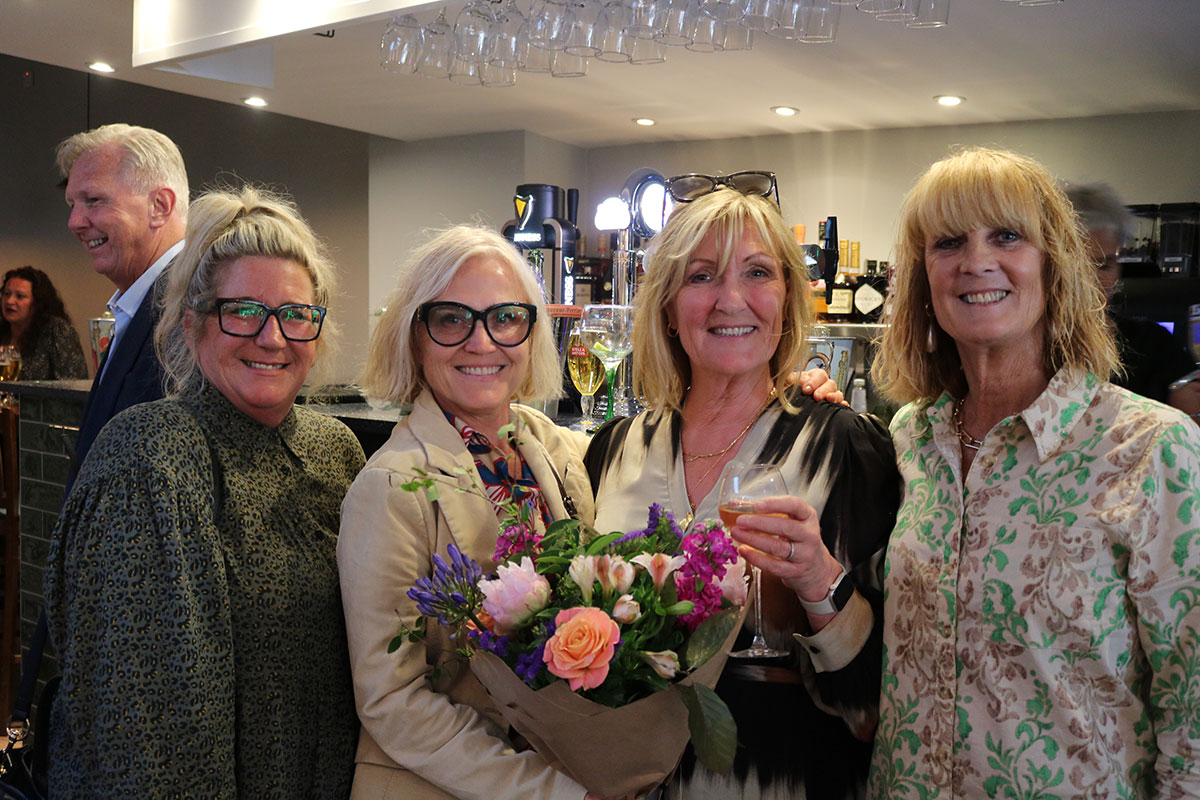Sick? Anxious? Depressed? Perhaps you should try flowers.
Diana Mossop is synonymous with Phytobiophysics, a practise that harnesses the vibrational power of plants to restore balance and harmony on all levels of consciousness. Her main mission is ‘to bring affordable health care to the people of the world’. She was born the daughter of a pioneering farmer in Nyasaland, Africa, living 100 miles from the nearest neighbours. In her ‘idyllic early childhood’ she was nursed and looked after by African tribesmen and taught from an early age the extraordinary healing powers of herbs and plants.
She discovered eastern medicine when living in Hong Kong, before tragically falling ill with a mysterious tropical disorder. After returning home to seek help, she became frustrated by inadequate treatment, and realised her ‘deep spiritual calling’ to return to her childhood roots of natural medicine. I was intrigued by her story. After all, for every stinging nettle there’s a dock leaf. What I wanted to get to the bottom of was this: if Phytobiophysics is the remedy, what exactly was it curing? What is the root cause of the illnesses we suffer?
I went to Diana’s website for answers. There it states, ’it is our belief that all disease stems from a sickness of the soul’. I was slightly perplexed – what does it mean to have a soul that is sick? Luckily, I had Diana ready to explain it to me. She said that the underlying tragedies in our lives conspire to make us sad, lonely and vulnerable. This then opens the door for viral opportunistic illness. We may not even remember this trauma if it was inflicted on us when we were babies. Or even more so if it is our ancestor’s trauma, which Diana notes can be carried through genetics between generations.
Diana believes that flowers – specifically, the colours of flowers – can help rebalance the body after trauma. This is because her science focuses on the light spectrum, where different colours vibrate at different wavelengths. White flowers are the most import healers for spiritual issues, as white light contains a mixture of all the colours in the spectrum.
This is all a part of what she calls ‘The Mossop Philosophy’. She writes that ‘flower essences vibrate on the frequency of colour. They are vibrational and contain no toxic substance. They never do harm and support us on the highest spiritual level, enlightening our hearts and souls’. I delved deeper to figure out how exactly Diana created her medications. After scouring her website for clues, I found that the Phytobiophysics Formulas use ‘the living light vibrations of plants – captured as a memory in water, then amplified’. The secret, it told, was ‘the capturing of the living light essence of the plant’.
Now I was really curious. How does one capture light? And even after this, how do you ensure the light is living? I was aware that Diana might not want to share her processes, and thus reveal the secrets of her trade. Luckily, she was more than happy to tell me.
There are two methods: the traditional sun method, or a more direct method. The former method captures the vibrations of flowers through leaving them floating in water, under the sunlight. This activates the essence. Diana explained the extraordinary sight, saying “the activation process is seen by the formation of thousands of tiny little bubbles that form on the petals. The water becomes crystal clear and seems to fizz like champagne”.
The latter method is to harvest the essence directly from dew or raindrops on the flower when they have been dampened by the rain. Diana told me this is a well-know method explained in detail by Dr Bach, but also that this method of making medicine from plants is prominent in ancient Eastern medicine. It is known as Bunghi Bangsa in Malaysia, which she informed me translates to ‘Flower Medicine’.
At this stage, there is still more hard work for Diana. The liquid essences that have been collected are not stable enough to retain the high level of amplification needed to provide healing on a deep level. Thus, when creating her Phytobiophysics formulas, she uses a “solid sucrose mandala” which is sucked by the patient. This allows an “electrical charge” to penetrate deep into the body’s cellular system. Each of these formulas vibrate on a particular frequency, corresponding with the necessary energy system or organ of the body.
She has a whole arsenal of formulas up her sleeve, and 100 of these are grouped together in what she dubs ‘the bullet box of jewels’. I went to her YouTube channel to find out more about these formulas. Diana explained that “the 100 Hedgerow Elements really are fascinating indeed because they are the 100 elements of the Periodic Chart. They vibrate on the frequency matched to the frequency of each of the elements of the periodic chart”. She reminds us to remember that “we are made up of the periodic chart”.
It was a scientific feat that baffled me, and so I got back in touch with Diana to ask her how she figured this all out. She told me that it was whilst “working with a very eminent scientist who researched the vibration of the elements of the periodic chart called vibrational elementals. By matching the vibration of the elements to the flower essences using the Voll methodology I was able to relate and correlate the elemental energy to specific flower essences”.
Diana’s science is complimented by an element of spirituality. After coming across an article she wrote, titled ‘Sacred Victoria Lichens’, I found that she once had a sacred dream that led her to astonishing research. The dream involved three white ovals and a black ball, all coming together into one composition. It brought her to Victoria Island off Vancouver, where she found rare lichens that ‘transformed some of the most important Phytobiophysics formulas’. I reached out to her about her dreams, as I was curious to know whether she had others that had fuelled her craft. She confirmed that there have been “many”.
Diana has spent a lifetime searching, at home and across the horizon. If anyone would know why natural medicine is the way forward, it’s her. I asked for her opinion on why we should look to nature for our healing methods. She insightfully responded:
“Nature fulfils all the answers”.


